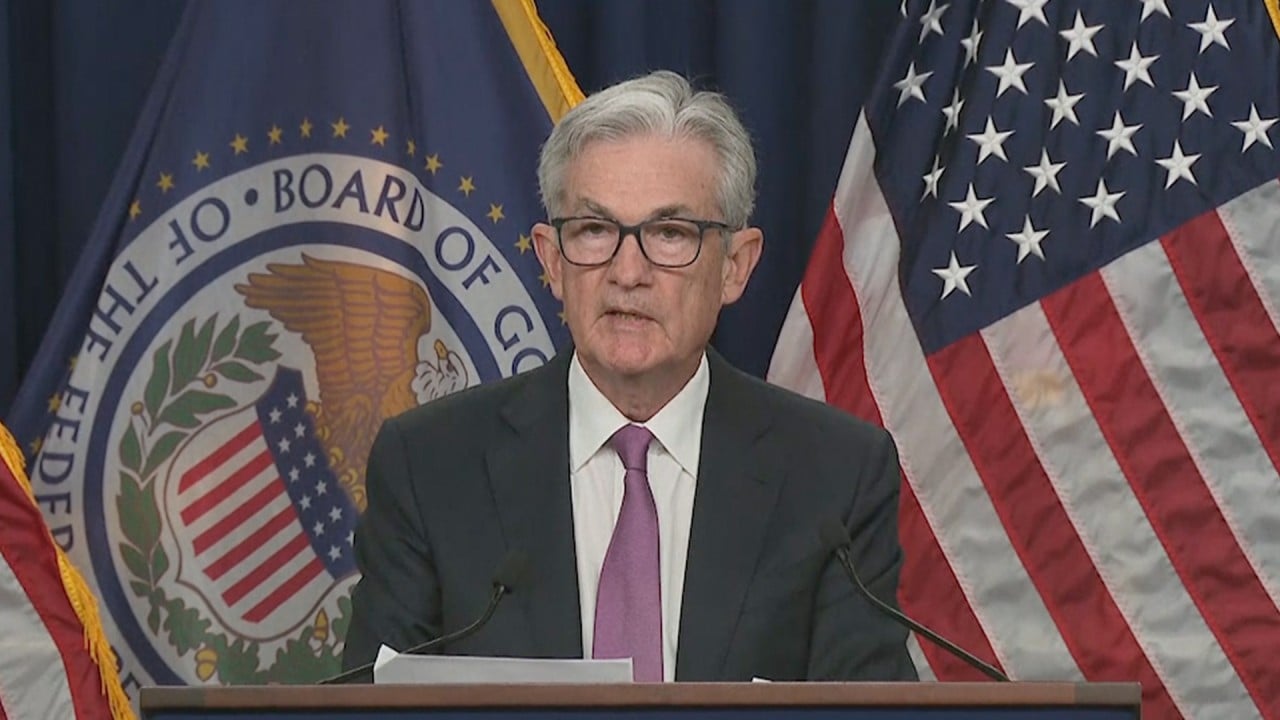
Why equity and bond investors can expect better returns in 2023
- We may be near the end of the interest rate cycle after the Fed’s aggressive ‘front-loading’ of rises
- As imbalances created by the pandemic and disruptions caused by the war in Ukraine recede, lower inflation can be expected
While there has been some increase in regional interest rates, lower average inflation than in the US and a peak in rate expectations in the advanced economies should allow rates to come down again in 2023.
This is reflected in the growth outlook. The IMF forecasts that the Asean-5 economies will grow at rates above 5 per cent this year and next, that India will see only a moderate deceleration to just above 6 per cent and China will record stronger GDP growth in 2023 at 4.6 per cent relative to an estimated 3.3 per cent this year.
The US outlook is still key. Consumers are bearing the brunt of the cost-of-living crisis and now face higher debt-servicing costs because of the Fed’s tighter stance. If markets are right in calling a peak in rates by the end of next year, and inflation starts to recede, there should be some respite for American families in 2023.
After all, the labour market has remained strong. In recent weeks, there have been signs of things improving on the inflation front, as well. Fuel prices have been falling since peaking in mid-June. Global commodity prices have dropped too, with the UN’s Global Food Price index falling by 9 per cent in July.
Typically, seasonal patterns see less inflation in the second half of the year. If US consumer price inflation can drop to, say, 7 per cent or below by the year-end, the Fed would be justified in pausing or even ending its rate hiking policy.
Financial markets have already anticipated this. Based on money market pricing, the Fed funds rate is expected to peak at around 3.5 per cent by the end of this year and fall back towards 3 per cent in 2023.
This narrative of inflation and interest rates both peaking has driven a much better performance by global markets since mid-June.
From China to the US, spending on healthcare and housing must rise
The US Treasury 10-year bond yield, the benchmark for fixed-income markets, has dropped by 80 basis points since June. This has contributed to improved sentiment in equity markets as well. The S&P 500 index has risen 11 per cent in total return terms since bond yields peaked, with the technology heavy Nasdaq Composite index up 17 per cent.
As the pandemic recedes, so will such imbalances. The world is also working to find solutions to the reliance on Russian energy. Both point to lower inflation going forward. Central banks need to talk tough – in some cases, they have acted tough, but the peak in interest rates is probably in sight. That means better returns for both bond and equity investors in 2023.
Chris Iggo is chief investment officer for core investments at AXA Investment Managers


